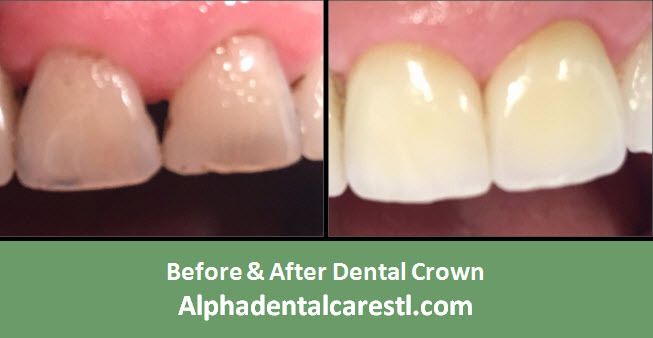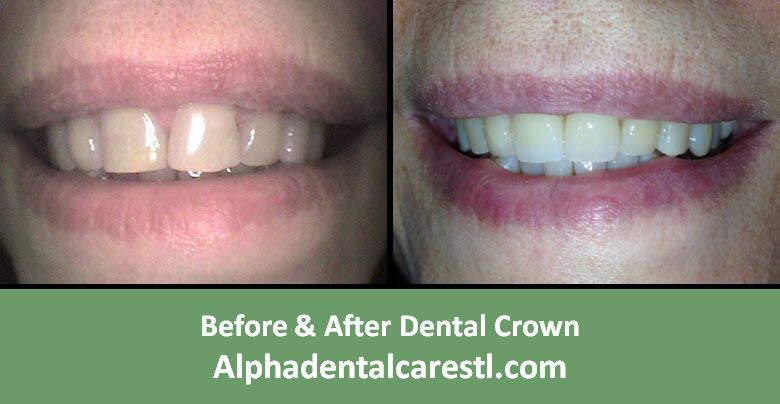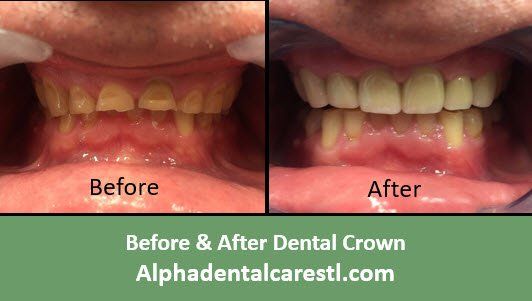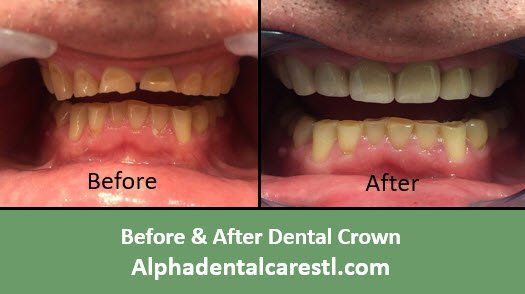Dental Fillings
A dental filling replaces missing tooth structure with durable restorative material such as ceramic composite or metal. With fillings there are two main types:
- Composite “Tooth-Colored” Fillings- This filling material is matched to your natural tooth color and most people will not be able to see these fillings because they blend in so well. Composite fillings are used to replace missing tooth structure due to decay or breaking of the tooth and can help strengthen the tooth. Composite fillings are also great for patients who have metal allergies since the material is made of ceramic and plastic compounds. Composite fillings can be used for both posterior and anterior teeth due to their natural tooth-color.
- Amalgam “Silver” Fillings- This filling material has been used for over 175 years and is the oldest filling material still used today. It is usually the least expensive material and yet is one of the strongest. Since Amalgam fillings are so durable they are ideal for people who clench or grind their teeth. Amalgam fillings are usually just used for posterior teeth due to their silver color
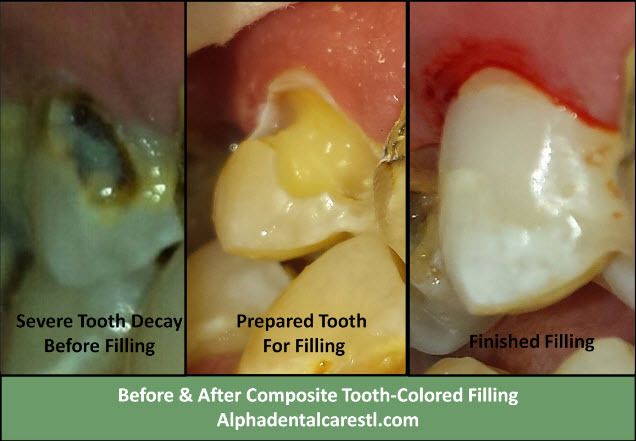
Inlays and Onlays
Inlays and onlays are similar to fillings, but are designed to repair more extensive loss of tooth structure. Inlays and onlays are made of porcelain or cast metal. After the dentist preps the tooth for the restoration, an impression is made of the tooth. The impression is then sent to a dental lab where a custom inlay or onlay piece is created. On the second appointment, the dentist will cement the piece in place to restore the tooth structure. The most common type of inlay or onlay is tooth-colored porcelain, but in some cases they can be done in gold. The difference between an inlay and an onlay, is that while a inlay replaces a part of the tooth, an onlay replaces the entire chewing surface. Inlays and onlays are great if you need to restore tooth structure to an area that is too large to be repaired by a simple filling, but not enough of the tooth is lost to require a crown.
Crowns or “Caps”
Many people refer to crowns as caps. When an excessive amount of tooth structure is lost, then a crown may be placed to strengthen and support the tooth. Crowns are also used strengthen the tooth when the pulp or nerve is removed after a root canal is performed. The procedure to make a crown is similar to making an onlay/inlay. First, the dentist preps the tooth for the crown. If there is an excessive amount of tooth structure missing, the doctor may need to do a buildup or post/buildup to provide extra support for the crown. The dentist will then take an impression or mold of the tooth and the dental lab will make the crown. The dentist cements the crown in to place, which can last for several years.
Types of Crowns:
- Porcelain Fused to Metal Crowns (PFM) - A porcelain fused to metal crown has a layer of metal on the inside of the crown and a tooth colored porcelain layer on top. The shade for the porcelain is chosen to match a patient’s natural tooth color. Porcelain fused to metal crowns are the most commonly used crown in dentistry.
- All Ceramic Crowns- Another popular crown used in dentistry is the all ceramic crown. Similar to a porcelain fused to metal crown, ceramic crowns are color matched to the patient’s natural tooth. There is no metal in all ceramic crowns, which make them ideal for patients who have metal allergies.
- Gold Crowns- One of the oldest types of crowns are gold crowns. Gold crowns have been used for over 100 years and are one of the longest lasting crowns. They are typically used for posterior teeth due to their gold color.
- Resin (Plastic) Crowns- Resin crowns are the least used crowns in dentistry because they usually do not last as long as the other types of crowns mentioned above. Resin crowns are more affordable than PFM, ceramic, and gold crowns. Resin crowns are sometimes used as a temporary solution.
